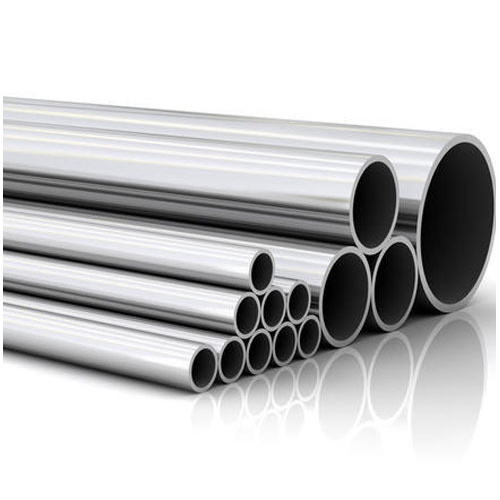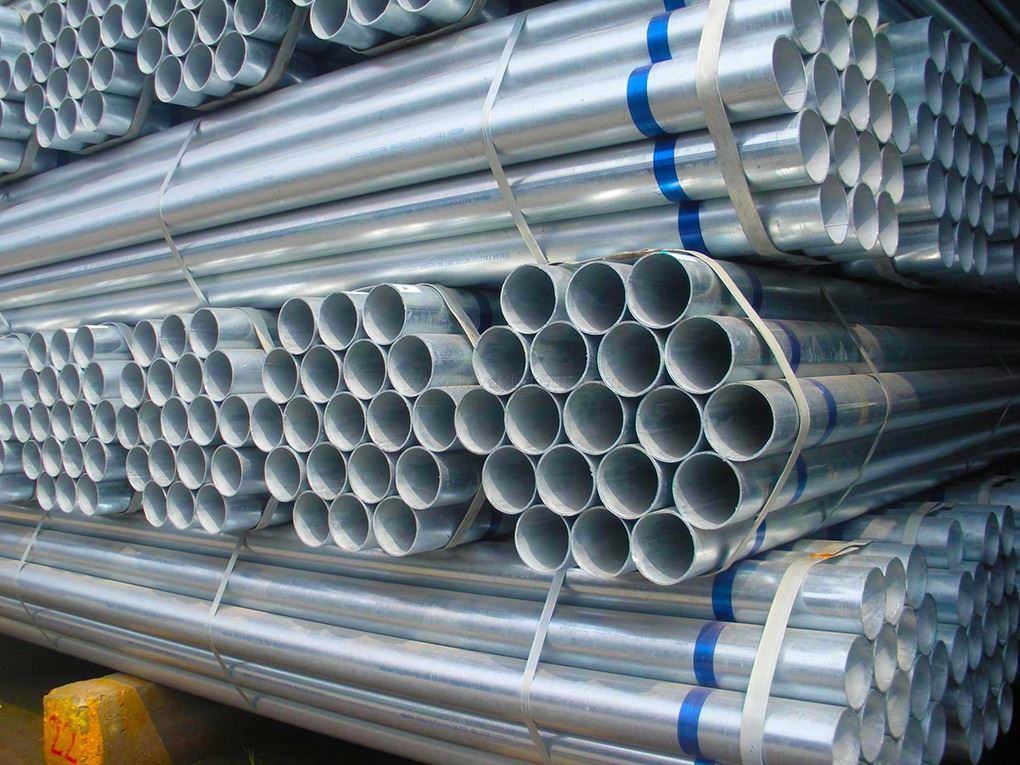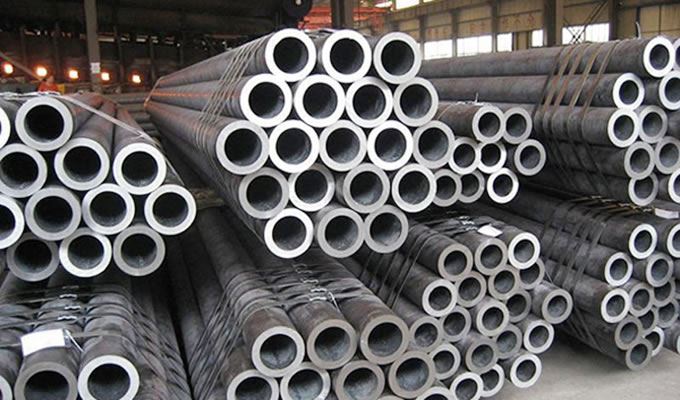
ADTO News
-

How Many Types For the API Couplings?
There are several types covered in API 5CT standard for coupling specifications, classified in regular couplings, special clearance couplings, combination couplings, reducing couplings, seal ring couplings, and special bevel tubing regular couplings.
2020-03-02 -

Five Kinds of Products Ends
Flat-end pipe Flat end pipe is a pipe supplied with unmachined threads, and It may upset or not , but it shall comply with all requirements of a specific steel grade in this standard.
2020-02-22 -

Do You Know the Regulations on the Pipe Defects?
According to the below regulations, we can learn that all pipes and fittings made of pipes shall not have the following defects:
2020-02-21 -

Do You Know the Heat Treatment Methods for API 5CT?
The Heat treatment methods for API 5CT casing and tubing is an important factor to differ each grade. Products requiring heat treatment shall be subjected to full body and full length heat treatment. The heat-treated upsetting product should be heat treated full body, full length after upsetting.
2020-02-20 -

What is API 5CT Casing & Tubing Specification?
API 5CT is standard technical specifications for steel casing and tubing pipes used for oil wells in petroleum and natural gas industries.
2020-02-19 -

Difference between SSAW Steel Pipe and LSAW Steel Pipe
SSAW steel pipe, whose full name is Straight seam submerged arc welding pipe. Longitudinally Submerged Arc Welded Steel pipes, which is abbreviated as LSAW steel pipe. These two types of pipes only have one letter’s difference, but they are truly different in their manufacturing process. Besides the manufacturing process, there are also other different aspects of these two types of pipe.
2019-11-21 -

Pipe Diameter VS Tube Diameter
Steel tube is generally used for structural purposes and the OD is an important and exact number. Steel tube size is specified by OD and the wall thickness, and the measured OD and stated OD are generally within very close tolerances of each other. Steel tube is usually more expensive than the steel pipe due to tighter manufacturing tolerances. Interestingly, while the stated and measured OD’s of steel tubes are almost exact most of the time, steel tube generally has a measured OD that is 1/8” larger than stated OD.
2019-11-15 -

ANSI Standard of Stainless Steel Pipe
Stainless steel pipe is one of the more standardized materials in the building and engineering industries. The thickness of the pipe walls, the diameter of the pipe and even the chemical composition are all written as part of the American National Standards Institute standards (abbreviated as ANSI), which is just one of multiple standards available.
2019-10-28 -

What Are Steel Pipes?
Steel pipes are long, hollow pipes that are used for a variety of purposes. They are produced by two distinct methods which result in either a welded pipe or a seamless pipe. In both methods, raw steel is first cast into a more workable starting form. It is then made into a pipe by stretching the steel out into a seamless tube or forcing the edges together and sealing them with a weld. The first methods for producing steel pipe were introduced in the early 1800s, and they have steadily evolved into the modern processes we use today. Each year, millions of tons of steel pipe are produced. Its versatility makes it the most often used product produced by the steel industry.
2019-10-28 -

Steel Pipe: Materials for Pipe
Engineering companies have materials engineers to determine materials to be used in piping systems. Most pipe is of carbon steel (depending on service) is manufactured to different ASTM standards. The carbon-steel pipe is strong, ductile, weldable, machinable, reasonably, durable and is nearly always cheaper than pipe made from other materials. If a carbon-steel pipe can meet the requirements of pressure, temperature, corrosion resistance, and hygiene, it is a natural choice.
2019-09-27 -

Steel Pipe: Definition and Details of Pipe
The pipe is a hollow tube with round cross-section for the conveyance of products. The products include fluids, gas, pellets, powders and more. The word pipe is used as distinguished from tube to apply to tubular products of dimensions commonly used for pipeline and piping systems. On this website, pipes conforming to the dimensional requirements of ASME B36.10 Welded and Seamless Wrought Steel Pipe and ASME B36.19 Stainless Steel Pipe will be discussed.
2019-09-26 -

Do You Know the Difference Between Pipes and Tubes?
Occasionally, we’re presented with a question that seems obvious to us but, after consideration, is more complex than it initially appeared. One of these questions is, “What is the difference between a pipe and a tube?” So, today we’re going to take a closer look at the key differences between the two.
2019-08-06 -

Steel Pipe: Common Uses for Steel Tubing
Steel tubing is used in many industries where longevity and resilience are critical because of its resistance to both corrosion and high temperatures. As we talked about in our previous post, the solar industry depends on steel tubes because they know that they can withstand the test of time. Today, we’re going to look at a few of the other common industries that require or benefit from the use of steel tubing.
2019-08-06 -

Steel Pipe: Difference Between Steel Pipe and Steel Tube
One of the most frequent questions we get from customers is “What’s the difference between the steel pipe and steel tube?” Although pipes and tubes may look similar, they are in fact quite different in nomenclature and sizing. Remember that pipes and tubes are rarely interchangeable. The difference between pipe and tube include the following aspects:
2019-08-05 -

Steel Pipe: Manufacturing Process of Steel Pipe
Steel pipes are made by two different processes. The overall production method for both processes involves three steps. First, raw steel is converted into a more workable form. Next, the pipe is formed on a continuous or semicontinuous production line. Finally, the pipe is cut and modified to meet the customer's needs.
2019-07-31


 Live Chat
Live Chat
